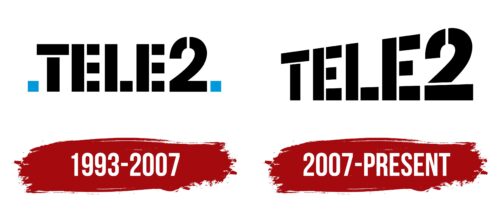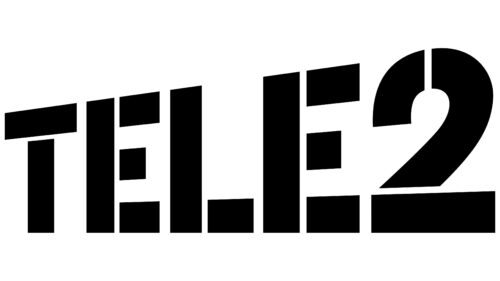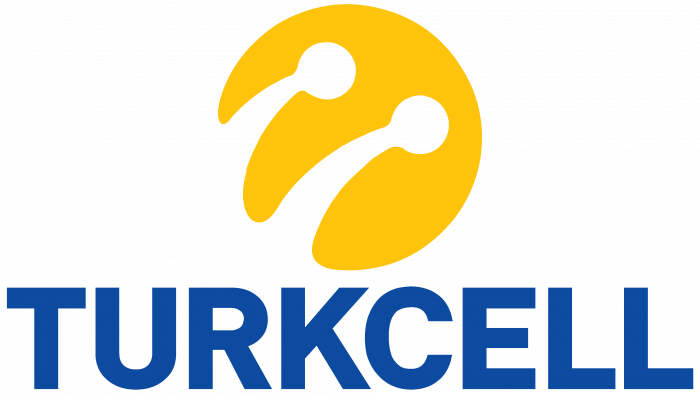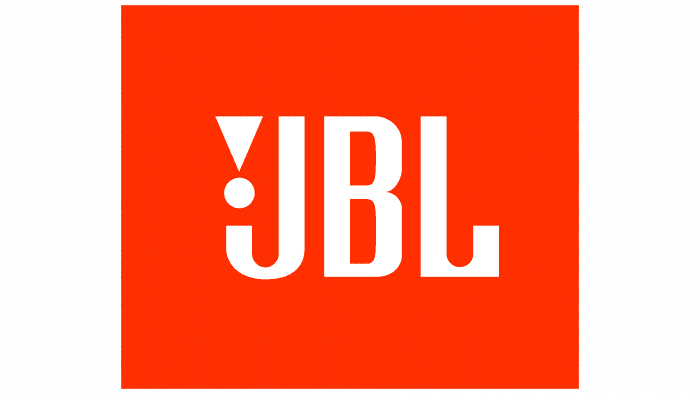Tele2: Brand overview
Tele2, founded in 1993 by investment company AB Kinnevik, first entered the Swedish market with a focus on mobile communication solutions. The company debuted on the Stockholm Stock Exchange three years ago, signaling its growth and market potential.
In the late 90s, Tele2 began to expand beyond Sweden, opening offices in European countries such as Estonia, Latvia, and Lithuania. This expansion continued into the early 2000s, cementing the company’s reputation as a universal telecommunications operator.
An important event in 2018 was Tele2’s acquisition of Sweden’s largest cable operator, Com Hem. This made it possible to expand the service catalog and add fixed broadband and telephony to the list of offerings.
Today, Tele2 is not just a Swedish company but a significant player in the telecommunications arena in many European markets. The company provides individual consumers and businesses with various services – from mobile and fixed-line telephony to telephony, data networks, streaming television, and solutions for the global Internet of Things.
Tele2 has grown from a modest mobile-focused company in Sweden to a powerful provider of telecommunications services in several European countries. This demonstrates strategic growth and diversification of services in its chosen markets.
Meaning and History
1993 – 2007
2007 – today
The Tele2 logo is easily recognizable by its stencil style, volumetricity, and visual perspective. Each letter consists of several segments of strict geometric shapes: squares, horizontal and vertical rectangles, and curved stripes. The letters are bold, wide, and large. Their arrangement is very unusual: the number 2 is pushed to the foreground, which makes it the largest. The most distant letter is the first, and it is also the smallest, which gives the impression that the text is turned sideways.
The logo resembles a puzzle with jumbled sizes and shapes. The prominent numeral 2 makes the first thing to draw attention to it as if jumping out from under it. Turning the text sideways is like a little twist, making you look twice to figure it out. It’s not a typical logo, and that’s what makes it memorable.
Tele2 color codes
| Black | Hex color: | #000000 |
|---|---|---|
| RGB: | 0 0 0 | |
| CMYK: | 0 0 0 100 | |
| Pantone: | PMS Process Black C |






